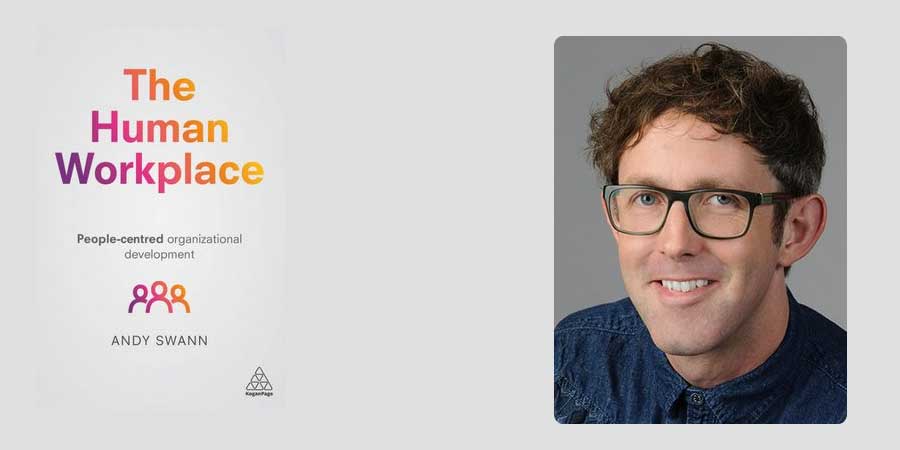The Benefits of Thinking Differently

There’s a quote often thrown around in management articles and misattributed to everyone from Einstein to Henry Ford. It says that if you keep doing the same things, you’ll continue to get the same results. While that may have arguably been the case in the past, the world moves too fast for it to be so today. Stand still and you’ll be bypassed.
We all know the myriad examples of organizations that were caught flat-footed and when suddenly faced with shifting consumer demand, or other prevailing conditions that had rapidly outpaced them, were unable to respond. They either failed (Blockbuster), or went into huge decline before attempting to re-grow from an agile base (Kodak).
Those examples are becoming boring. What’s more interesting perhaps is the list of businesses that are staggering blindly into oblivion, protected in the short term by a cash pool amassed in better times (Tesco). This financial shield buys time, but unless they are able to adapt for future success, they will eventually become one of the failed examples themselves.
Attempting to adapt one of these big, rigid beasts when it’s too late is like trying to turn the Titanic in the face of a looming iceberg. We all know how that went!
The idea that there is a digital or agile transformation happening is ridiculous. The world outside is digital by default. Agility is a basic operating requirement to stay relevant in it. Every organization, regardless of sector, size or the way it defines success, needs to be in tune with the world around it, planning for the future and responding to constant shifts in demand, expectation and competition. Your organization in its entirety needs to be in constant beta testing. The moment you stop and assume it’s the finished article, is the moment the world will bypass you into irrelevance.
Unless you are different, you will fail!
People, both customers and colleagues, need a reason to align with an organization. Businesses today are based on communities, supported by the structures of their organizations, which are essentially platforms for those communities. The better the platform, the better the organization.
Great platforms are built on user testing. Understanding what the users want and need, delivering just that and then tweaking it constantly to understand what works and what doesn’t is the only way. Small startups are able to do that, because they are agile and nimble, not because they have any major philosophical advantage.
There are many great things happening within some of the largest and most complex organizations in the world, but they are ripples in much larger pools so are far less newsworthy, even internally. To build a platform for people to thrive around a common goal, the only thing that is required is to build it with their needs in mind.
That doesn’t mean a wholesale multi-million-dollar business transformation project, or the adoption of the latest buzzword organizational model. What it means is unlocking and unleashing the incredible power, innovation and insight that already lies internally – the people associated with the organization. If the Titanic had been able to plug into the vision and insight of everyone on the boat, the iceberg would have been seen much sooner and avoided!
To deconstruct your organization without actually deconstructing it, start with the flow of information. Traditionally we see two overlaid triangles in organizations. There’s the bottom-heavy triangle of people, sitting beneath the top-heavy triangle of power. The insight, ideas and external community (customer) contact mainly happens at the bottom of the people triangle, yet decisions on how best to serve them rest higher up the power triangle. To get a message from bottom to top in this over-structured environment requires a set, gradual path that takes time and creates a game of Chinese whispers or Telephone that may never end.
Making your organization ready for the future is as simple as enabling the flow of information up, down and around it. This also gives people freedom to act, interact, share and collaborate. When ideas are king, failing to unlock the perspectives, creativity and potential already within your platform just proves the platform isn’t working.
It’s time to start thinking of the CEO not as the most powerful or revered person in an organization, but as the head of platform development, developing services for its users. Because when people thrive, organizations thrive too.
Think differently about your organization, to allow your organization to think differently in return. This will enable agility, rapid change, the flow of information and unleash the power of your people. Creativity and innovation will flow as by products and your chances of creating the next big idea from within will increase exponentially. Your future is already there, just let it happen!
Have you read?
Andy’s book The Human Workplace: People-Centred Organizational Development.
Bring the best of the CEOWORLD magazine's global journalism to audiences in the United States and around the world. - Add CEOWORLD magazine to your Google News feed.
Follow CEOWORLD magazine headlines on: Google News, LinkedIn, Twitter, and Facebook.
Copyright 2025 The CEOWORLD magazine. All rights reserved. This material (and any extract from it) must not be copied, redistributed or placed on any website, without CEOWORLD magazine' prior written consent. For media queries, please contact: info@ceoworld.biz








